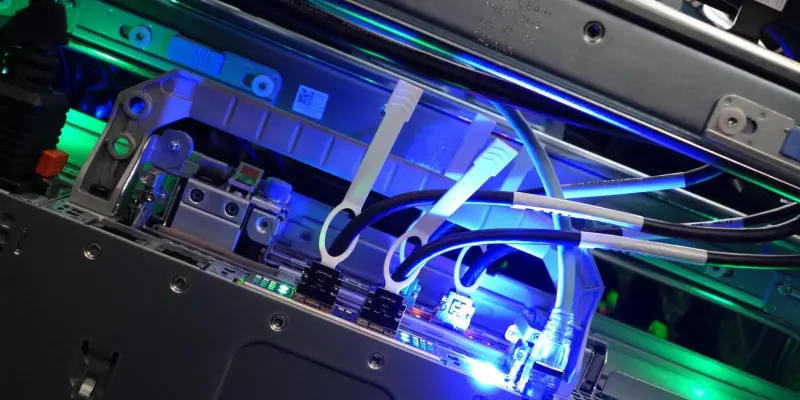Recent advancements in graphics processing units (GPUs) have seen a significant increase in power consumption, particularly with high-end models such as Nvidia’s RTX 4090 and 5090 graphics cards. These GPUs, engineered for superior performance, demand considerable power—reportedly reaching up to 600 watts during peak operations. This upsurge in power requirements has resulted in ongoing challenges with GPU power cables, as the existing power connection standards strive to support these substantial loads. Despite industry efforts to introduce newer, more secure cable standards like the 12V-2×6 connectors, issues such as cable burning and melting have not been entirely eradicated. These persistent problems indicate a pressing need for the industry to develop more effective solutions to protect modern graphics hardware and ensure user safety.
Addressing the Cable Safety Conundrum
Seasonic is at the forefront of tackling GPU system safety challenges by innovating power supply designs with advanced monitoring technology. Their cutting-edge design features an external device that provides real-time surveillance of GPU power cables, closely monitoring power distribution and temperature changes. This proactive tool aims to prevent potential hazards by automatically shutting down the system when anomalies are detected, though there’s a risk of unexpected data loss from such shutdowns. This move highlights the industry’s dedication to protecting costly hardware investments while addressing the shortcomings of current power connectors in managing the escalating power demands of modern GPUs safely.
Seasonic’s forthcoming Prime-series power supply units (PSUs) slated for 2026 will likely incorporate these enhanced safety features, setting a new standard for PSUs. This aligns with other innovations like Asus’s cableless BTF power connections, which offer alternatives to traditional cables. The broader trend in the industry is to integrate advanced monitoring and safety protocols as a stopgap solution while manufacturers work to resolve excessive and unstable power delivery. This ensures the safe and efficient operation of advancing GPU technology, keeping pace with still-evolving demands.

